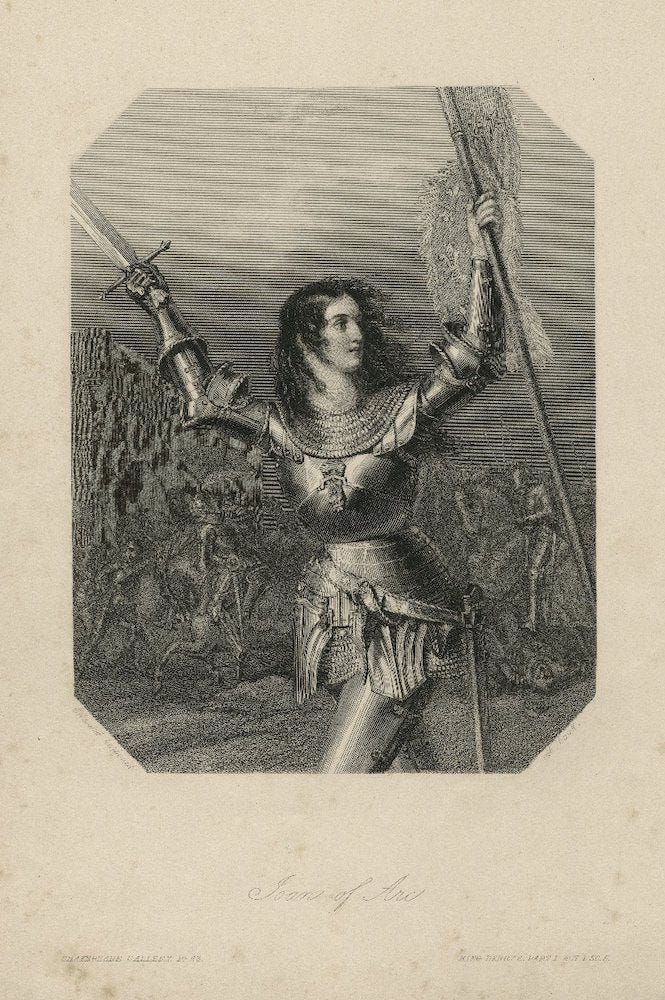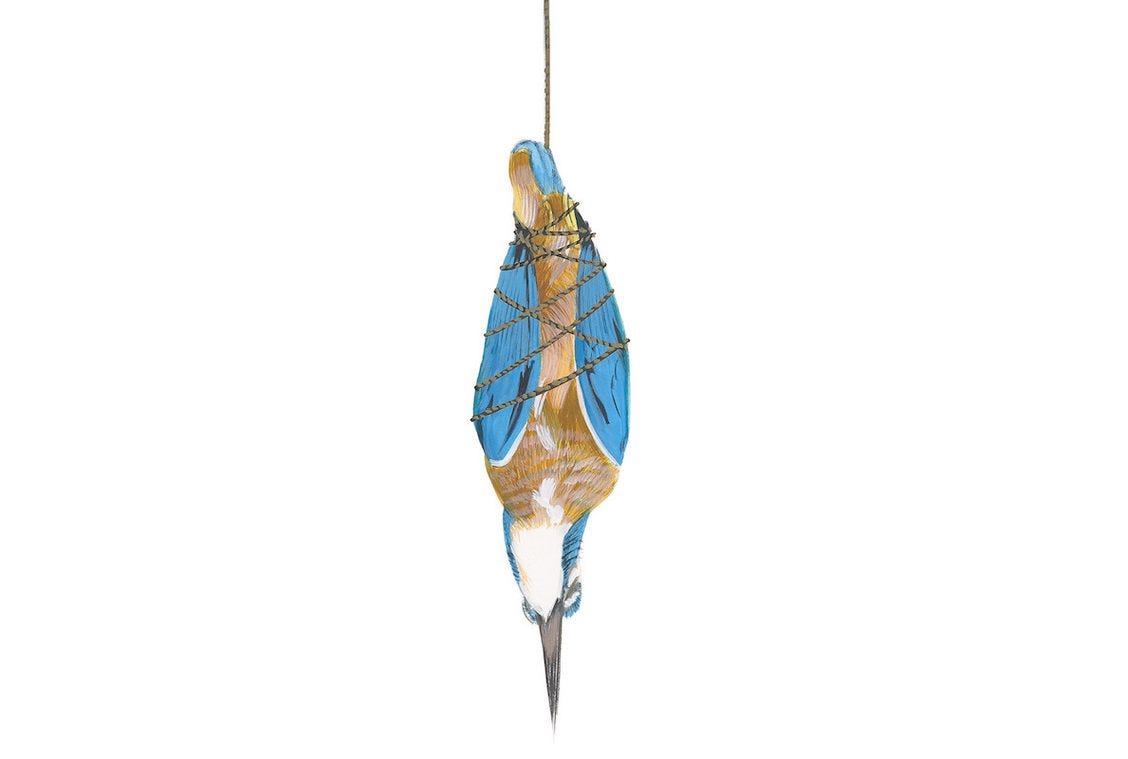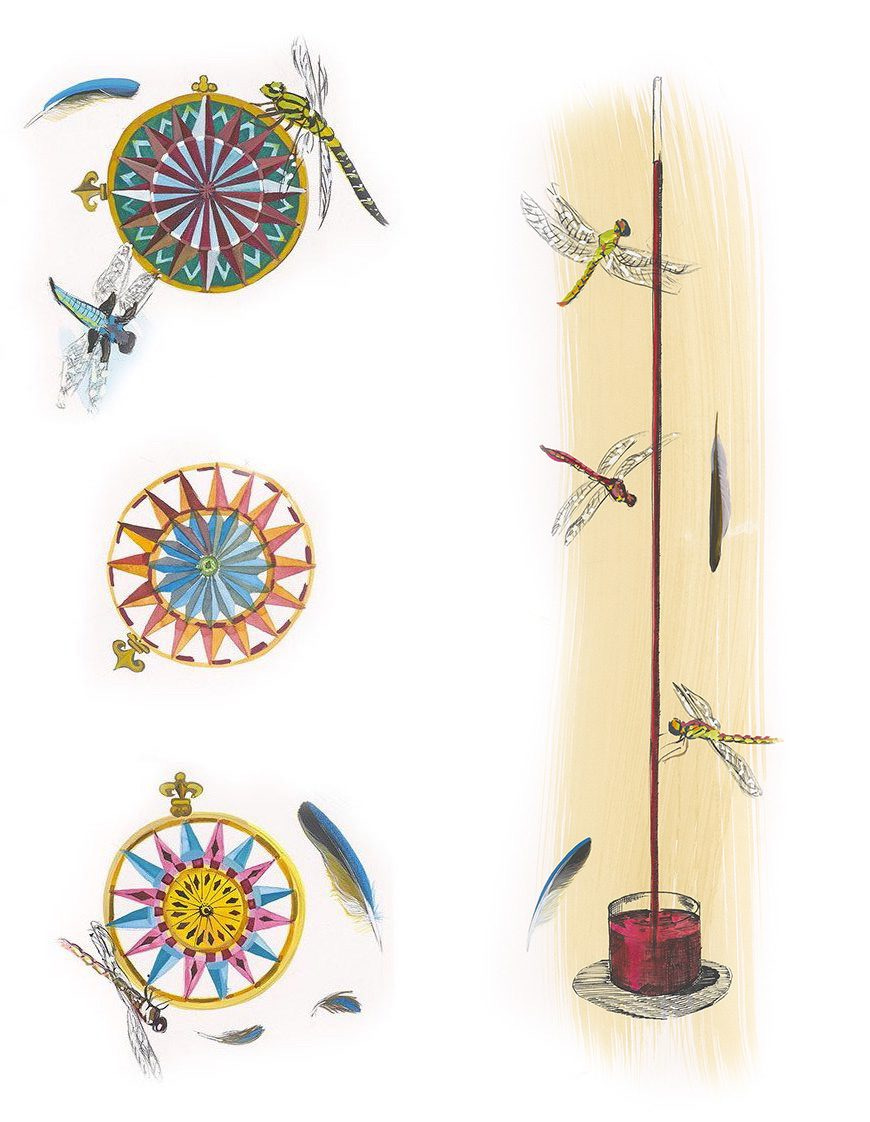#7 The Common Kingfisher
Painting by Missy Dunaway. Created with acrylic ink on paper. 30x22 inches (76x56 cm)
Facts About the Kingfisher
Common kingfishers are small, brilliantly colored birds found by lakes, ponds, streams, and wetlands in Europe, Asia, and northern Africa. In winter, when fresh bodies of water are frozen, they may hunt in brackish waters.
The kingfisher eats an average of sixteen minnows a day. A nest of kingfisher chicks will demand up to 100 fish a day from their parents!
Kingfishers tunnel into muddy river banks to create their nest, a shallow depression in the ground. Sometimes fish bones are used to assemble a flimsy nest.
Adult kingfishers have few predators, but the species is short-lived. The primary cause of death is harsh winters when frozen water limits hunting. Polluted rivers, contaminated prey, and habitat destruction also threaten the species.
If you locate a kingfisher’s nest, walk the other way! Kingfishers are easily frightened by humans. If the parents are scared away for too long, the chicks will weaken and stop calling for food. The parents will misinterpret their silence as not being hungry and cease feeding, causing the chicks to starve.
Watch the king of fishing birds earn its title.
Shakespeare’s Kingfisher
Shakespeare refers to the common kingfisher as a “halcyon.” It appears just twice, in King Lear and Henry VI, Part 1.
The word “halcyon” comes from the Greek myth that Poseidon kept the waters still for seven days in winter as a courtesy to two nesting kingfishers—the Thessalian princess, Alcyone, and her husband, Ceyx. These two doomed lovers drowned at sea but were resurrected and transformed into kingfishers by the merciful gods who admired their love.
This Greek myth mirrored a popular folktale that the kingfisher could conjure favorable weather conditions.
In Henry VI, Part 1, Joan of Arc references peaceful “halcyon days” when the kingfisher is nesting on riverbanks:
PUCELLE: Assigned am I to be the English scourge.
This night the siege assuredly I’ll raise.
Expect Saint Martin’s summer, halcyons’ days,
Since I have enterèd into these wars. (1.2.132)
One of the few kingfisher references is given to the character of Joan of Arc, an antagonist in 1 Henry VI. Joan de Pucelle promises to bring peaceful “halcyon days” to France. Illustration by Edward Corbould, Henry Cook (1837). Folger Shakespeare Library
The Many Uses of a Dead Kingfisher…
Like a rabbit’s foot, a dead kingfisher was believed to be a lucky charm that served many purposes:
The Greeks believed a dried kingfisher would ward off Zeus’s lightning.
Gerald of Wales, a twelfth-century archdeacon and historian, suggested storing a dried kingfisher inside closets to perfume clothes and repel moths.
If dangled from the end of a string like a plumb, it was believed a dead kingfisher’s beak would point in the direction of the wind like a weathervane. This legend is alluded to in King Lear:
KENT: That in the natures of their lords rebel—
Being oil to fire, snow to the colder moods—
<Renege,> affirm, and turn their halcyon beaks
With every <gale> and vary of their masters,
Knowing naught, like dogs, but following.— (2.2.80)
Behind the Painting
In my painting, a dead kingfisher hangs from a string. I have included a compass rose in each corner of the composition to suggest its use as a weathervane. I always try to choose objects from Shakespeare’s lifetime (or as close as possible). The compass designs are borrowed from The Mariner’s Mirrour, a collection of English nautical maps from 1588.
The earliest barometer model is on the right, invented by the Italian physicist Evangelista Torricelli in 1643. The high mercury level in the barometer’s shaft indicates favorable weather conditions, another allusion to the kingfisher’s legendary powers.
Special Post
This summer, I was honored to visit Kenya for six weeks as the artist-in-residence at Olepangi Farm in Laikipia County. I was in a birder’s paradise, especially for an amateur like me who has so much to see and learn.
I shared my photos in a special post on the Birds of Shakespeare website. I also included a full list of my avian sightings: 54 species identified with Collins Illustrated Checklist: Birds of Eastern Africa (Ber Van Perlo, 1996).
You can view the full image collection and sighting list through the following link:
Exit, pursued by a bird
Thank you for subscribing! You can find the full bird profile, including citations and endnotes, at birdsofshakespeare.com/birds.
If you’d like to connect with me, reply to this newsletter or email birdsofshakespeare@gmail.com.
Copyright (C) 2022 The Birds of Shakespeare. All rights reserved.









